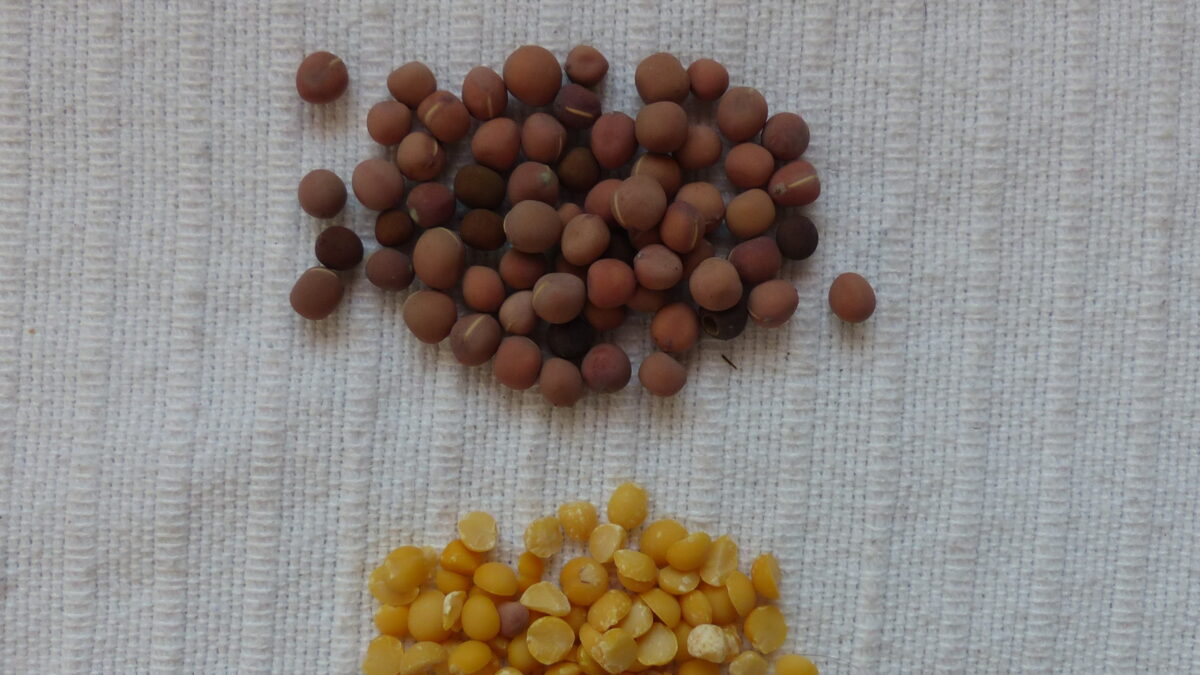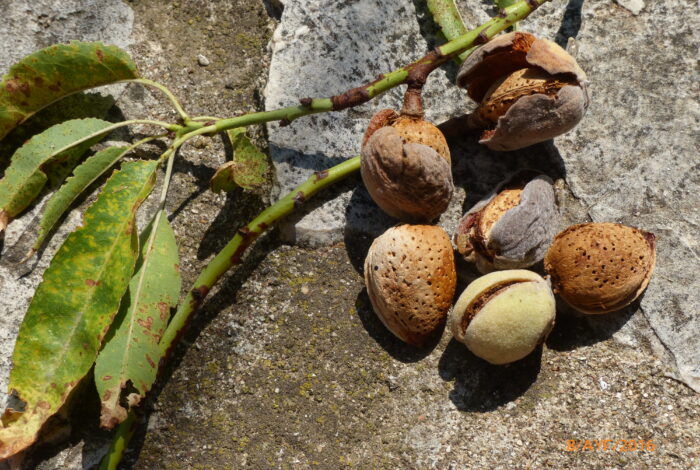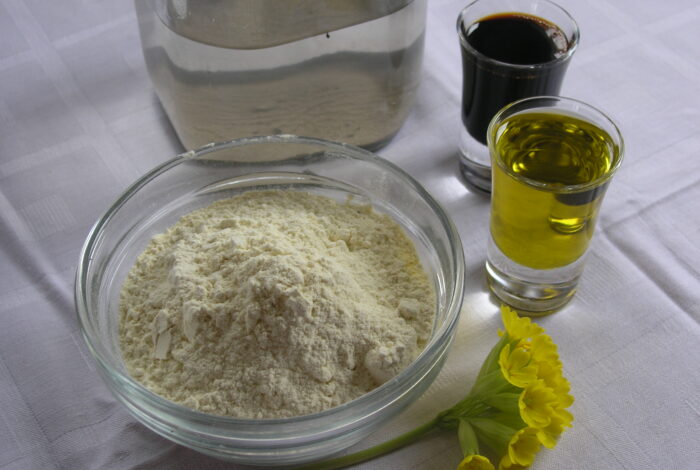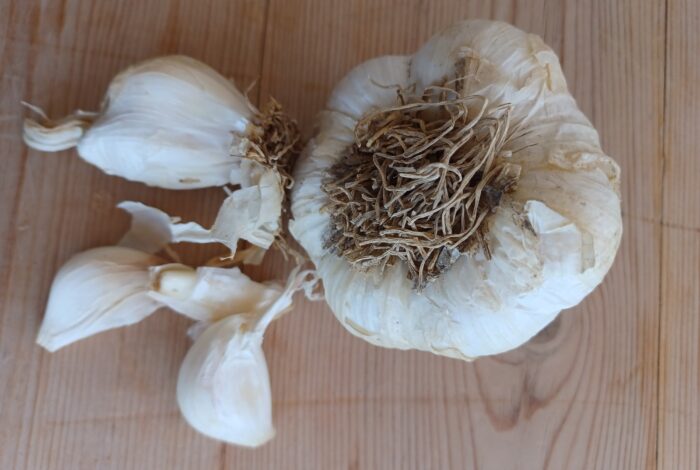Soultana-Maria Valamoti
Legumes have been cultivated in Greece for 9,000 years, since the emergence of the first farming societies in our region – the earliest such presence in all of Europe. They are an integral part of traditional Greek cuisine, and the same was likely true in prehistoric and ancient times, as they are a valuable source of plant-based protein. Combined with cereals, they form a balanced and healthy dietary foundation. In addition to lentils, grass peas (Lathyrus sativus) and peas, which have been present since the 7th millennium BC, there is another species of Lathyrus that appears during the Bronze Age in prehistoric settlements such as Akrotiri on Santorini and Knossos on Crete. This is Lathyrus ochrus, which is cultivated today on Limnos under the name ‘afkos’. Its carbonised seeds, which closely resemble peas, have been found stored in large quantities at Knossos (Gypsades).
Although it is not easy to match an ancient word to a specific plant species, in the case of Lathyrus ochrus, it is considered likely that the species corresponds to the ancient word ochros, referring to the yellow colour of its flowers. The first mention appears in the Hippocratic texts (5th-4th century BC), in a comparison with other legumes considered less digestible. From the 4th century BC onward, this Lathyrus is mentioned in several fragments of ancient comedy by poets such as Alexis, Anaxandrides and Antiphanes. In these texts, ochros appears on lists of foods, and in Alexis’s reference, it seems to have been considered food for poor households.
Ochros was consumed in various ways in ancient Greece, and it is surprising how similar these uses are to ways Lathyrus is still eaten today in rural Greece. Although ancient texts do not specifically mention a yellow purée – what we now call fava – this egg yolk-coloured legume mash was known in ancient Greece, as we learn from the 4th-century BC philosopher Phainias. Ochros also has yellow cotyledons and could be cooked into a purée of similar colour, like the fava we know today. Phainias also notes that ochros could be eaten as a meze when the pod was still green – when the seeds were tender and sweet. He also noted that once the seeds had matured and dried, they were eaten either roasted or boiled. Finally, Theophrastus refers to the young, tender shoots of the plant as a seasonal delicacy. This is reminiscent of the seasonal Cretan culinary tradition of eating ochros in exactly the same way today, with the tender shoots known locally as papoules.
Image 1: Whole and split afkos seeds, ground in a hand mill (Photo by S.M. Valamoti, from the book Food Crops in Ancient Greek Cuisine: an archaeobotanical and textual study, Valamoti, Fyntikoglou, Symponis 2022, University Studio Press).
Image 2: Afkos cooked by Ms. Sofi Chapsi, Limnos, July 2011 (Photo by S.M. Valamoti, from the book Plant Foods of Greece, S.M. Valamoti, 2023, University of Alabama Press). (If you prefer the other image with the dish, in that case the book is Food Crops, and S.M. Valamoti is both the photographer and cook)










